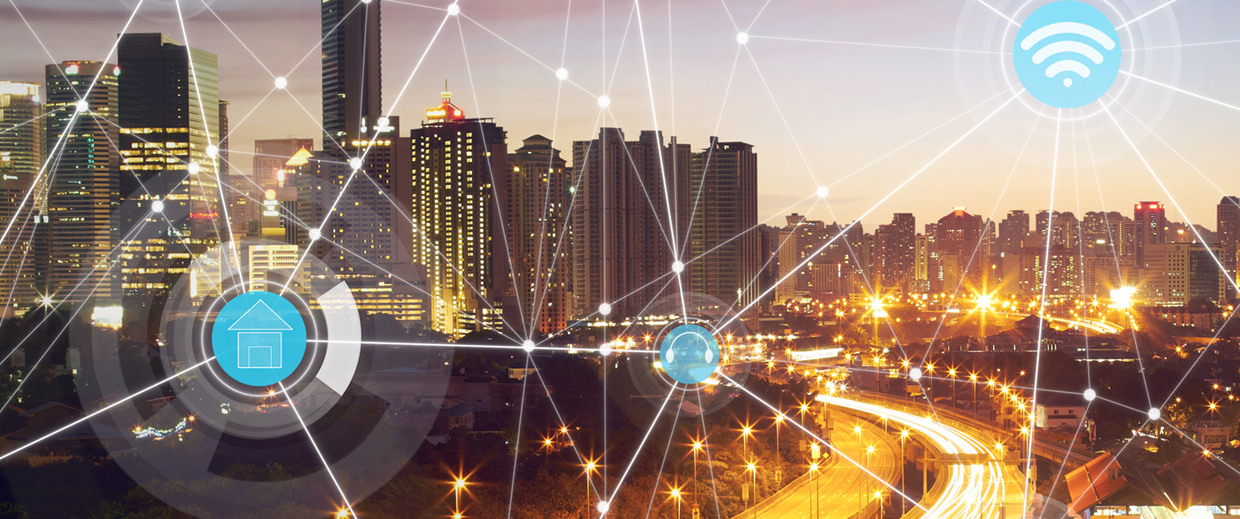How to Choose the Right Industrial IoT Gateway
eBook
Overview
The complete guide to selecting the Industrial IoT gateway that is right for your project size, deployment strategy and geographic spread.
And so it begins…
The addition of Edge Computing capabilities to the Industrial IoT gateway hardware is currently viewed with great interest as it allows the Industrial IoT gateway to perform local storing and processing of data, meaning higher reliability, lower latency and tighter security.
What will you learn:
- IoT in Critical Infrastructure and Industrial Digital Transformation
- From PLC and SCADA to MQTT IoT
- How to Use Edge Computing in Industrial IoT
- IoT Connectivity: LPWAN, LoRaWAN and eSIM
- Industrial IoT Gateway Use Cases and Deployment Options
- What Can RAD Do for Your Industrial IoT Project
